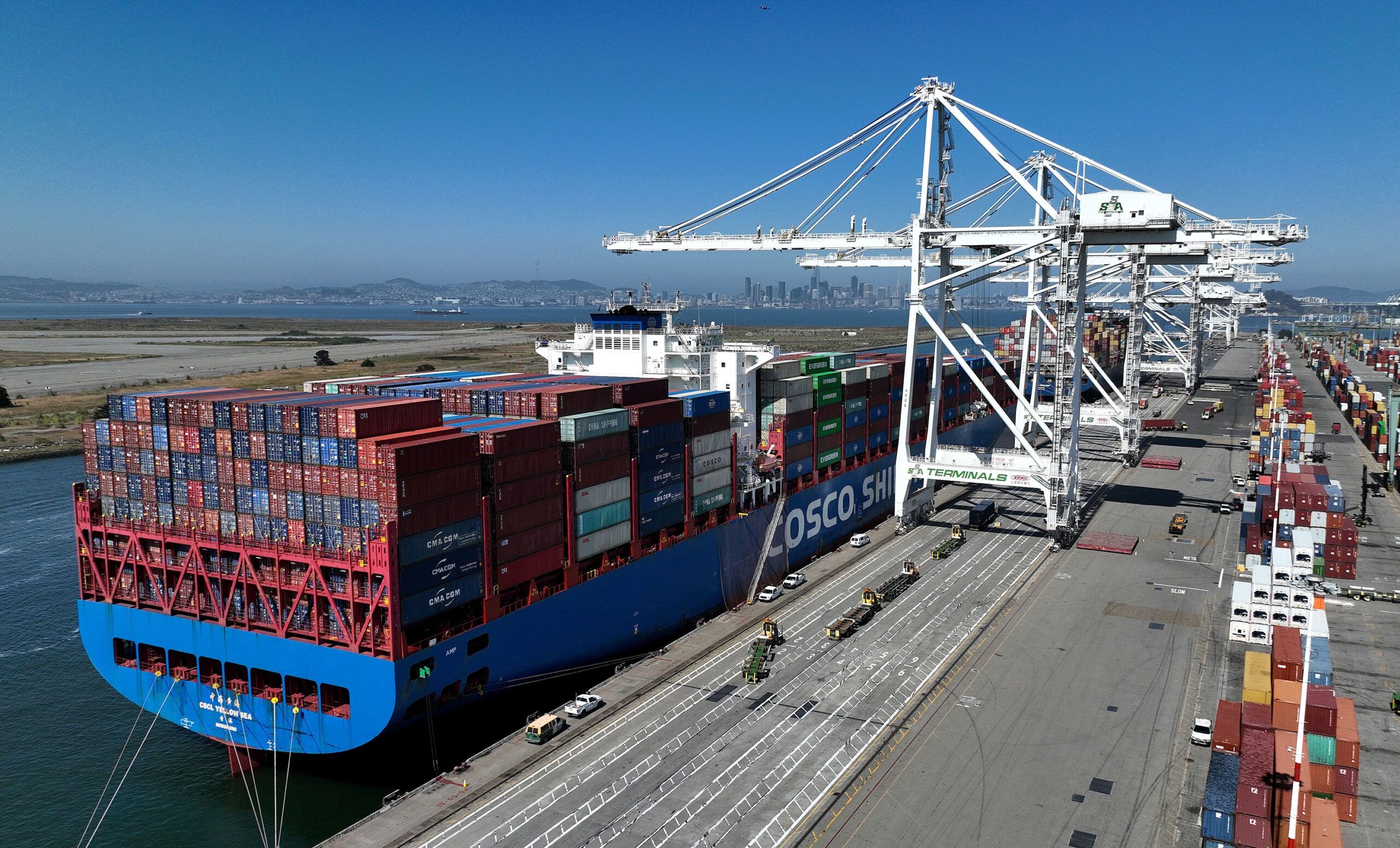Donald Trump, the former President of the United States, has always been a staunch advocate of tariffs, proudly dubbing himself the “Tariff Man”. His potential return to the presidency could see the revival of this moniker and the policies it represents.
Trump has previously suggested imposing a 10% tariff on all goods entering the US and a tariff of up to 60% on all Chinese imports. During a campaign rally, he even proposed a “100% tariff” on cars manufactured outside the US, warning of a potential “bloodbath” for the American auto industry if he is not reelected.
Trump’s tenure saw the introduction of tariffs of up to 25% on a range of goods, from washing machines and solar panels to steel, aluminum, and various Chinese-made products. These tariffs have largely been maintained by President Joe Biden.
Despite the common misconception that tariffs generate revenue from foreign countries, it is actually American importers who bear the cost. Erica York, a senior economist and research director at the Tax Foundation, explains, “A tariff is just a form of a tax. It’s the US purchaser, the importer of those goods, that makes the physical payment to the US government.”
According to US Customs and Border Protection, Americans have paid over $230 billion for tariffs on imported goods, with more than half of these duties collected during the Biden administration.
Despite the financial burden, Trump’s tariffs have been politically successful, with a recent working paper suggesting that residents in regions more exposed to import tariffs were more likely to vote for Trump’s reelection and elect Republicans to Congress.
However, the impact of these tariffs on the economy is a complex issue. While they have created some jobs, they have also led to job losses. The US International Trade Commission found that “U.S. importers bore nearly the full cost of these tariffs,” leading to price increases and job losses in certain sectors.
Trump’s tariffs were also intended to pressure China into addressing unfair trade practices. While they did bring Chinese President Xi Jinping to the negotiating table, the resulting Phase One agreement fell short of its targets and had no meaningful effect on Chinese intellectual property theft.
As the US and China continue their economic discussions, the legacy of Trump’s tariffs and their potential future implications remain a contentious issue.

